Alex Saldarriaga - Violinist & Violin Teacher
About
Alex Saldarriaga is a classically-trained violinist who runs his private violin teaching practice out of his home studio in Tarpon Springs, FL. He has been performing as a violin soloist and member of various music ministries for over 40 years throughout several South Florida churches in Miami-Dade and Broward Counties (St. Philip, Church of the Epiphany, St. Hugh, St. John Neumann, St. Edward, St. Gregory, St. Patrick, All Saints, and Blessed Sacrament). He served as a violin instructor at the Academy of the Arts at NSU University School in Ft. Lauderdale, FL in 2018. And he completed the Starling-DeLay Symposium on Violin Studies at The Juilliard School of Music in June 2021 and the Violin Mastermind Program in 2023 with Dylana Jenson, one of the greatest artist-teachers in the world today.
Alex first studied violin with Mr. Bernard Minzer, who was a student of Mishel Piastro, the former concertmaster of the New York Philharmonic and star pupil of the great violin pedagogue, Leopold Auer. Alex later completed his violin studies with the distinguished Dutch violinist, conductor, and teacher, Prof. Hendrik de Blij, who was the first violin professor at the New World School of the Arts in Miami, Florida. Prof. de Blij studied with Oskar Back and Carl Flesch, two of the greatest violin pedagogues of the 20th century. Alex served as Prof. de Blij’s violin teaching assistant, preparing advanced students to audition for the leading music conservatories. The foundations of Alex’s teaching philosophy and methods encompass the very best of both the Franco-Belgian and Russian schools of traditional, classical violin playing. Alex has appeared as a soloist, chamber musician, and orchestral member at Florida International University and the University of Miami. He is inspired by the artistry of Henryk Wieniawski, Jascha Heifetz, Nathan Milstein, David Oistrakh, Arthur Grumiaux, and Aaron Rosand, all of them great artist-teachers. Alex plays on a fine violin made by Dereck Coons in 2023 and inspired by a famous violin made by Francesco Rugeri in 1686.
Specialties
Do you own a violin?
Years experience
Able to read music
Lesson length
Student's age
Instrument interested in
Photos and videos
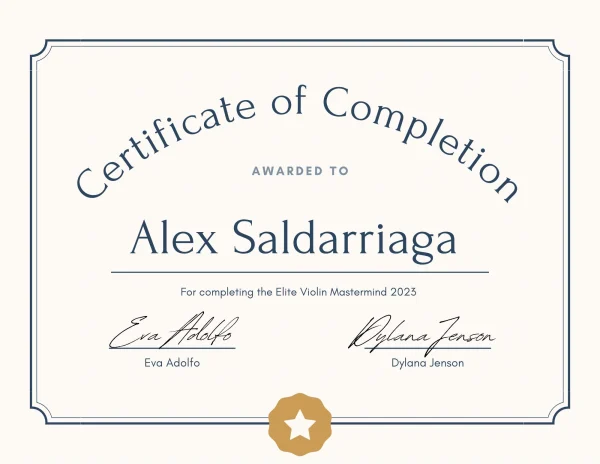
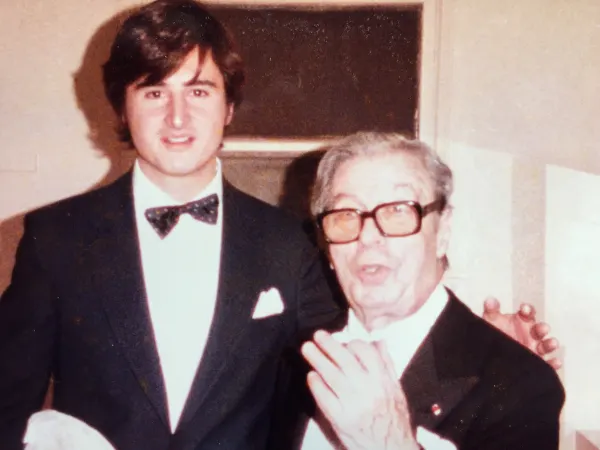
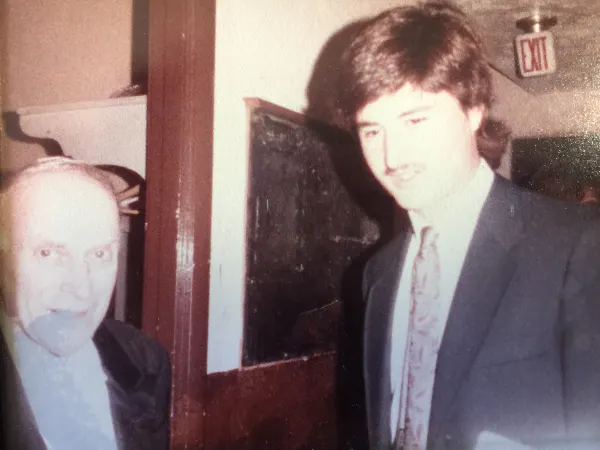
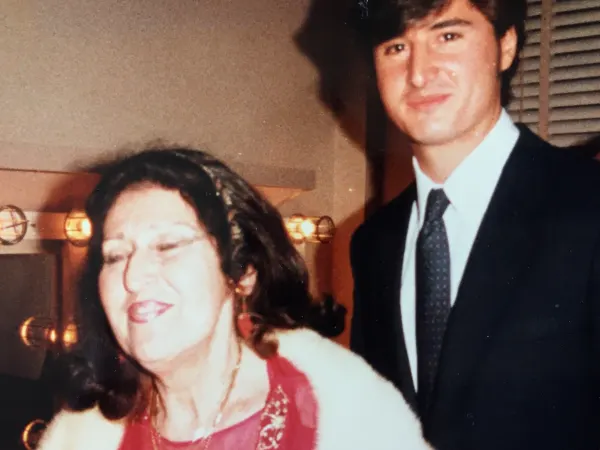
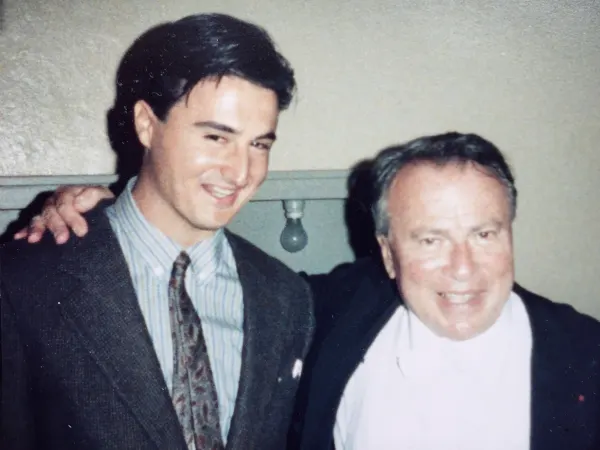

Reviews
jenna T.
morgan M.
karla M.
keenan M.
Martha P.
Jason
Frequently asked questions
What is your typical process for working with a new student?
I first try to assess why the student wants to learn to play the violin, what their expectations or goals are, and what their level of commitment to practicing will be. From there, I explain what my teaching philosophy is and what violin methods I use to achieve the student's expectations and goals. At first, I emphasize solid "physical" fundamentals that are immutable over the life of a good violinist, such as the correct bow grip, proper holding of the violin, good posture, a stable stance, the basic bow stroke, the "frame" of the left hand, etc. In all this, I stress the importance of relaxation and naturalness at all times. Tension in either hand or in holding the violin or in anything else is the biggest and most common impediment in learning to play the violin. And if anything feels or looks unnatural or ugly in violin playing, then it's likely to be wrong. Once the physical fundamentals are established, I begin to impress upon my students the idea that great violin playing is so much more than the physical control and coordination of the hands. It is a willful and deliberate act of the mind and the heart. And I work with my students to develop critical hearing and objective listening skills. What the player hears and what the audience hears is not always in agreement! In addition, the violin is a singing instrument (and not a percussive one like the piano), so I stress the importance of singing. As a former music theory teacher of mine once said, "if you can't sing it, you can't play it!" A violinist who cannot make the instrument sing is not making music, only noise. And finally, my motto that encompasses everything I do with the violin and in music is this: "Practice carefully, play courageously!"
What education and/or training do you have that relates to your work?
I have taught violin privately for many years and recently at the Academy of the Arts, NSU University School, in Fort Lauderdale, FL. Also, I just completed the Starling-DeLay Symposium on Violin Studies at The Juilliard School of Music in June 2021 and the Violin Mastermind Program in 2023 with Dylana Jenson, one of the greatest artist-teachers in the world today.
How did you get started teaching?
I was the teaching assistant to Mr. Hendrik de Blij, Professor of Violin at the New World School of the Arts in Miami, FL. Prof. de Blij was a wonderful teacher whose deep intellect and encyclopedic knowledge of music and the violin made a huge and lasting impression on me. He taught me how to solve violin technique problems in a rigorous, analytical, and efficient manner. His "prescriptions" usually involved a passage from Kreutzer, Sevcik, Wieniawski, or Paganini to "cure" the problem. He was an expert in showing me how to create my own improvised exercises to overcome a particular violinistic challenge. He reminded me often that a good teacher should show the student how to teach himself!
What types of students have you worked with?
Although on rare occasions I have taken beginning students, I prefer to work with highly-motivated intermediate and advanced violin students. I'm a stickler for intonation (I place great emphasis on scales and arpeggios to calibrate the ear and refine muscle memory), proper fundamentals, and solid, secure technique that serves the music and the composer's intentions.
Describe a recent event you are fond of.
One of my dear students gave me a beautiful Yamaha Silent Violin. I was deeply moved and overwhelmed with such a wonderful, generous gift. Now I can practice and play at any hour without disturbing anyone else! Thank you L.V.!!
What advice would you give a student looking to hire a teacher in your area of expertise?
Anyone with a modicum of ability on the violin can call themselves a teacher. The litmus test, in my opinion, for a violinist worthy of being called "teacher" is this: Have they performed in public? Are they respected by their professional peers? Have they performed serious works of the standard repertoire as a soloist or chamber musician, in addition to playing in an orchestra? It is only in the crucible of the concert stage (regardless of wherever that stage is) that a player is forged into becoming a true teacher. This is why I have such enormous respect and admiration for artist-teachers like Jascha Heifetz, Nathan Milstein, Aaron Rosand, Pinchas Zukerman, and David Nadien. They've been there and done that!